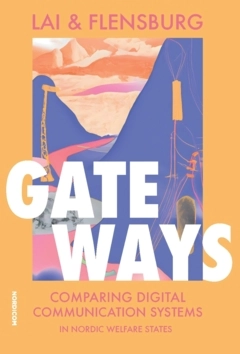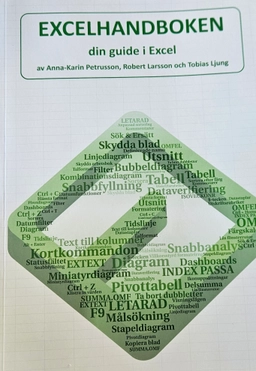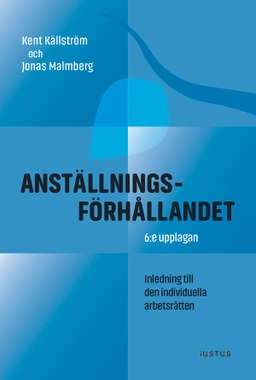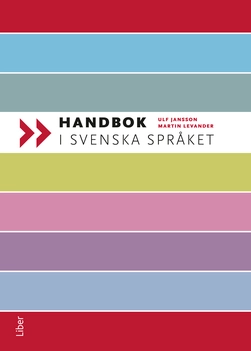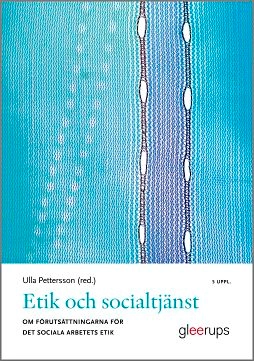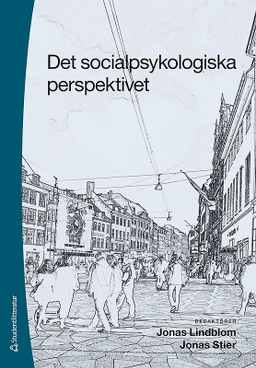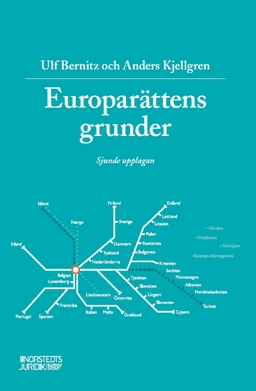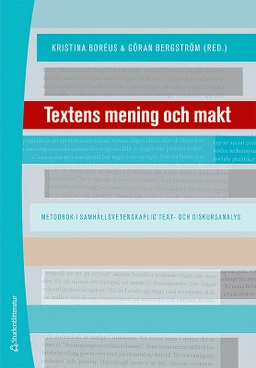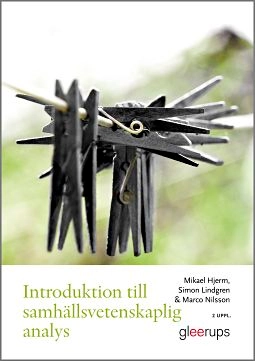The Internet is a critical part of the societal infrastructure in the Nordic region – giving rise to increasing concerns about the growing power of global tech corporations that supply the foundation for the region’s evermore digitalised welfare states. Yet, we lack empirical evidence for understanding, discussing, and ultimately regulating the changing power structures surrounding Internet-based communication. Presenting a novel framework for analysing and comparing the four largest Nordic countries – Denmark, Finland, Norway, and Sweden – this book provides nuanced insights into what we think we know about digital power and control. Identifying the main gateways into contemporary digital societies, we follow the constant flows of data – from the individual user connecting to a network operator that then passes the data on through local, terrestrial networks, Internet exchange points, and submarine cable routes, to the servers of a given website and app that in turn send the requested data back and collect a wide range of metadata in the process. This allows us to identify the key market actors and regulatory arrangements that shape the evolution of digital communication systems. What we find is a significant historical shift in the ways basic communication resources are organised and controlled in welfare states. Alongside the rapid digitalisation of Nordic societies, new gatekeepers have entered the stage while former ones have stepped into the background, established regulatory frameworks have lost their previous efficacy, and commercial forms of governance have taken over. Yet, we also find that the four countries – that are so often described as a homogeneous whole – have followed different institutional and infrastructural paths on their way to digitalisation, resulting in different degrees of disruption, globalisation, and state involvement
Åtkomstkoder och digitalt tilläggsmaterial garanteras inte med begagnade böcker
